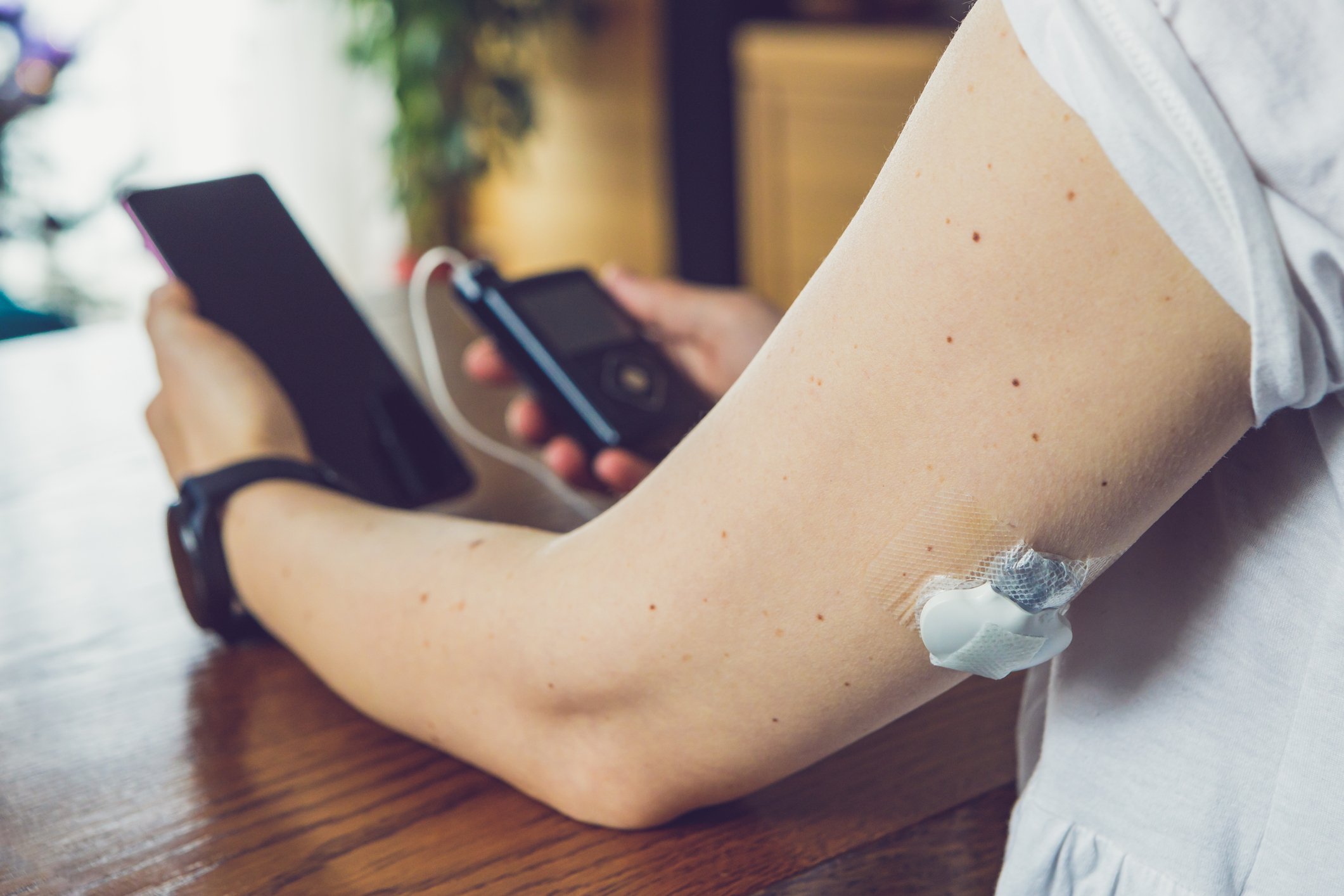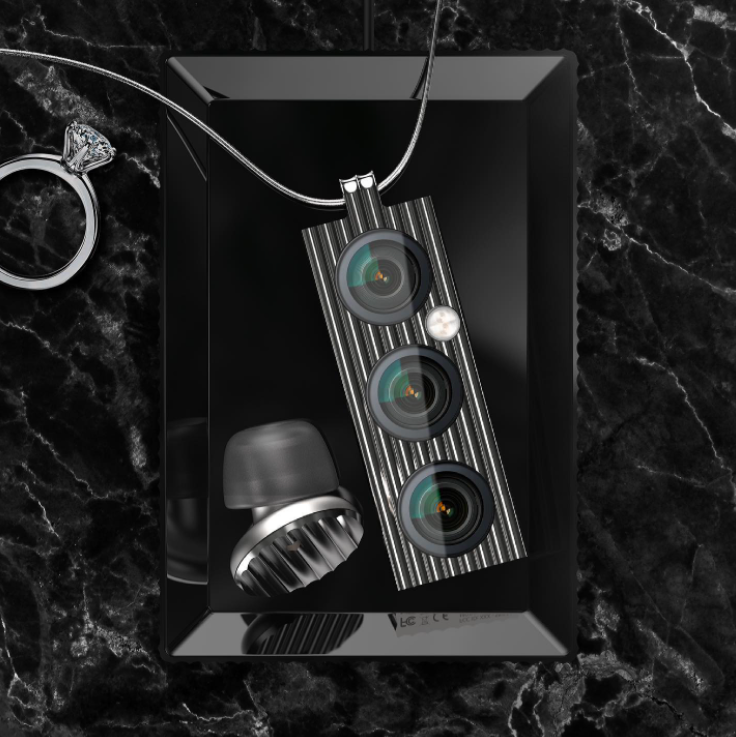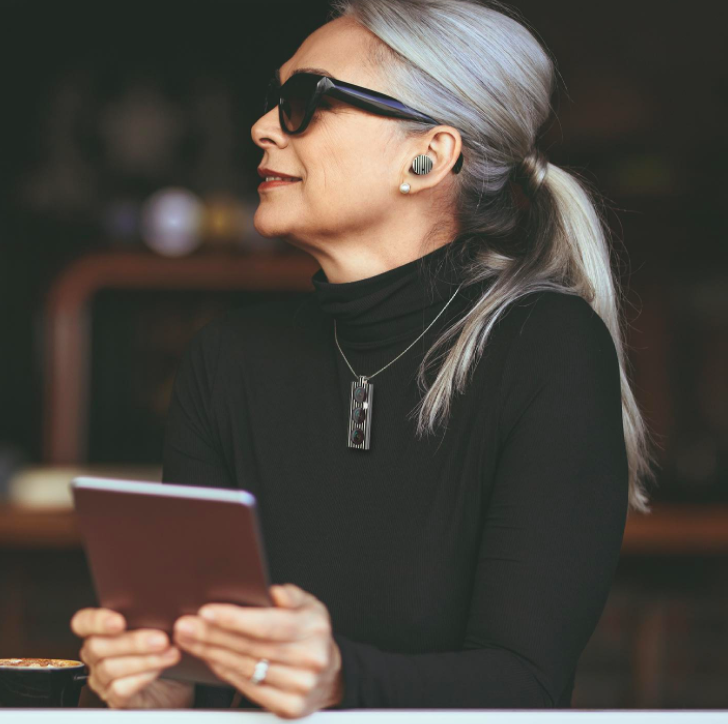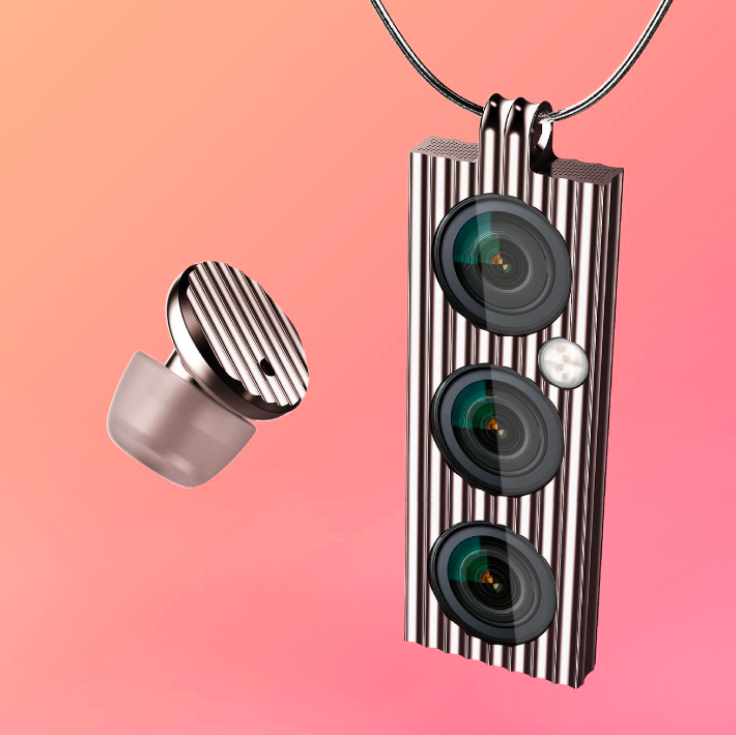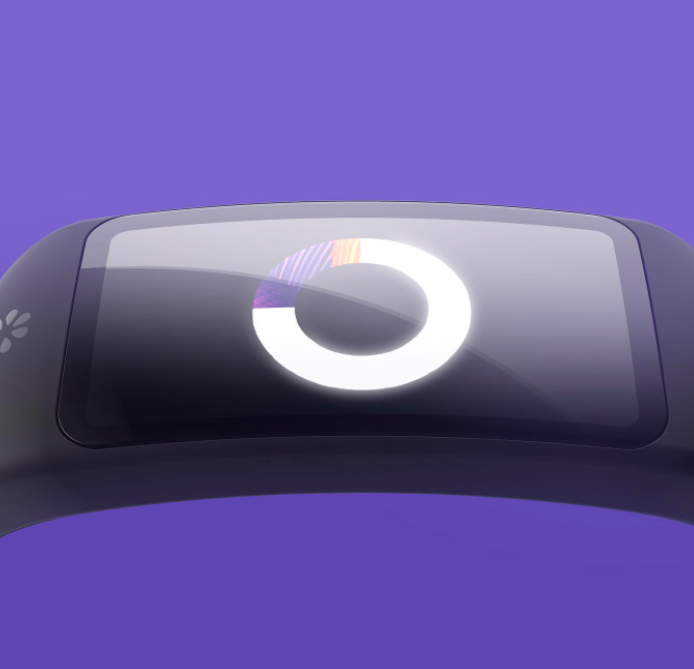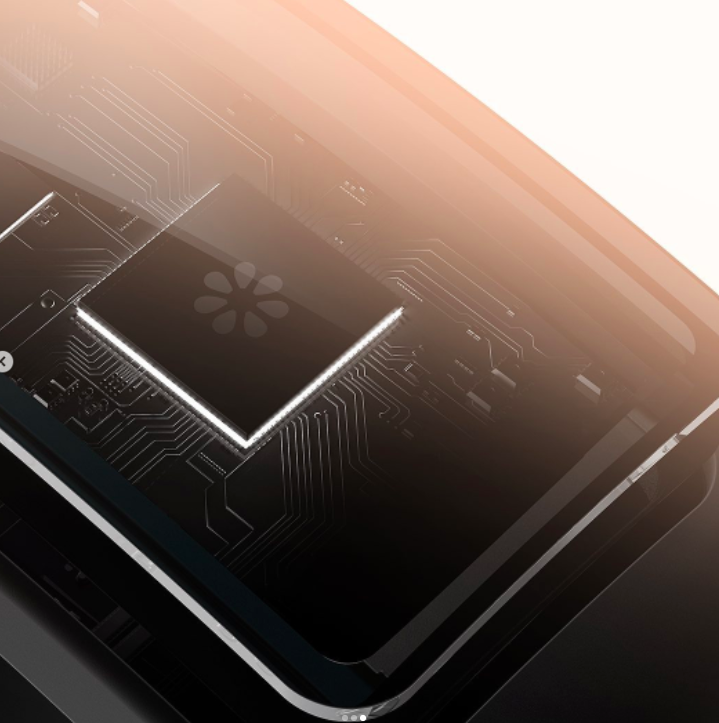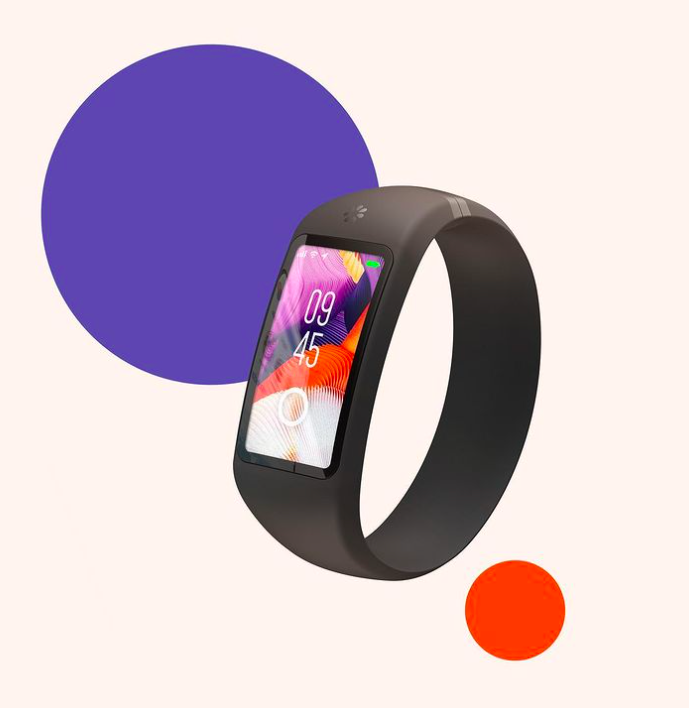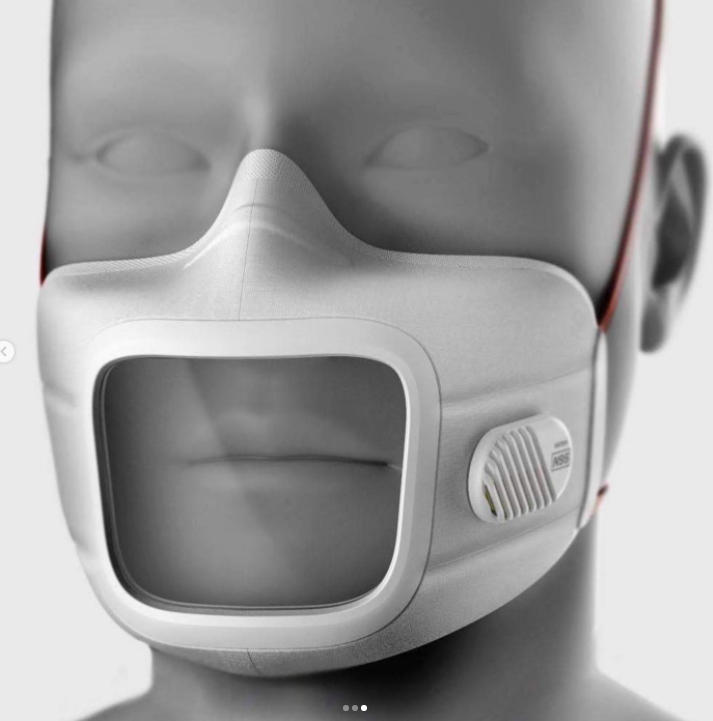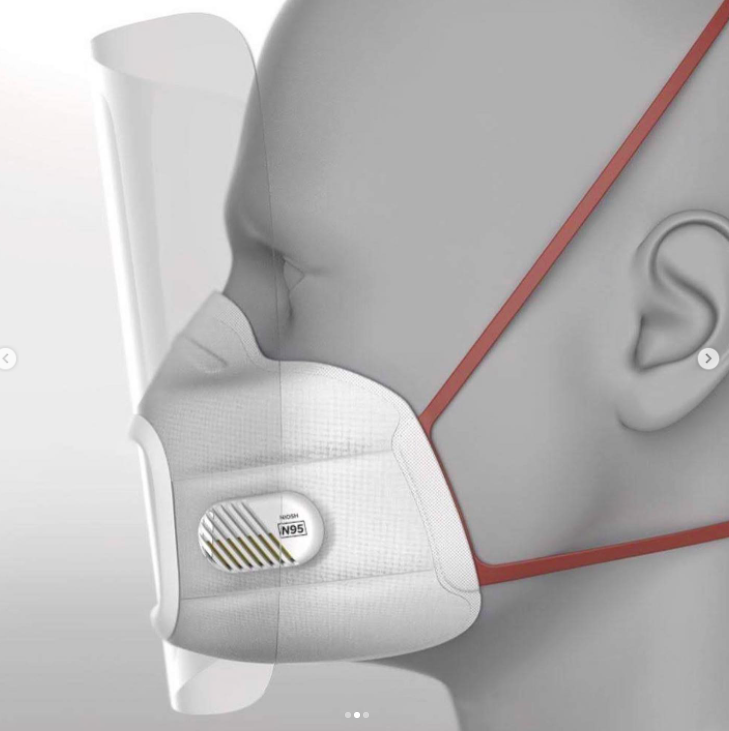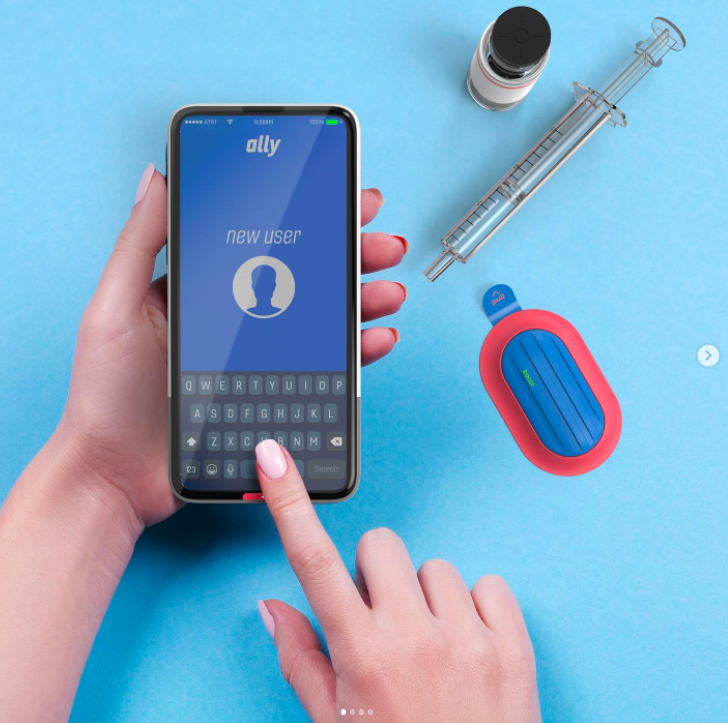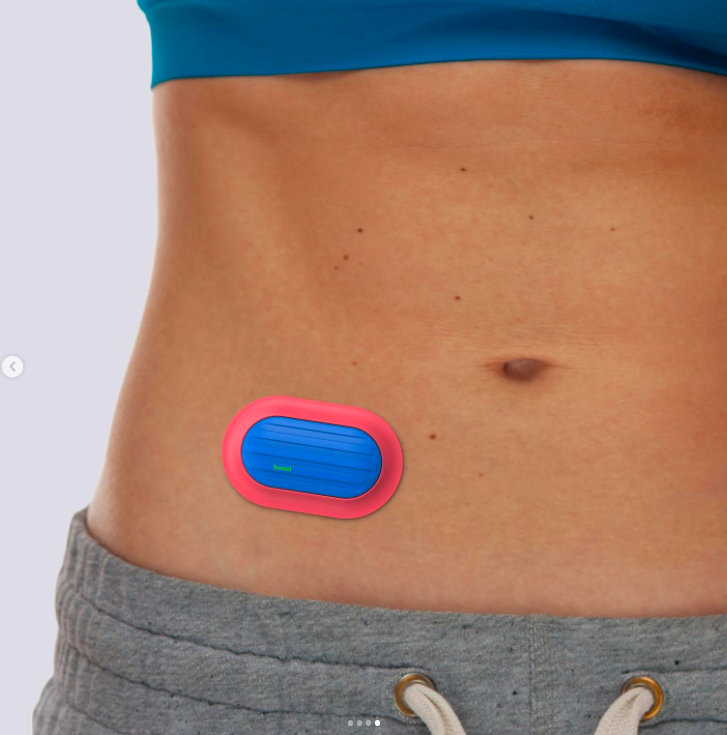Past to Future: How Wearable Medical Devices Improve the Patient Experience
Wearable Medical Devices: A Decade of Growth
Like many of us in the last few years, healthcare is spending less time at the office and more time hanging around with those it holds dear. As healthcare reevaluates priorities, maybe the number of procedures isn’t as important as a new focus on sleep quality, activity levels, real-time gait analyses, EKG, or O2sat.
Healthcare has become more connected, not just to the cloud but to the patients themselves, and wearable devices are paving the path toward an even more connected future. As patients demand a higher-quality of care that is more convenient and accessible, wearable devices are gaining significant momentum. Some help to keep patients informed while also providing ongoing and aggregated health data to their providers. Others provide therapies at home or on the go.
The rise in connected medical devices (also known as the Internet of Medical Things, or IoMT) is expected to exceed 20 billion in the near future, and wearable technology has more than tripled in the last four years. According to Insider Intelligence, more than 80% of consumers are already willing to wear fitness technology. And the numbers are expected to keep climbing as connectivity and seamless healthcare delivery continue to improve.
Scott Thielman, CTO of Product Creation Studio has seen a thing or two when it comes to wearable medical devices in the last decade. “Remote patient monitoring and wearable medical devices are not new concepts, but there’s more progress that can be made by understanding patient needs and creating devices that seamlessly integrate into their lives.”
While connected and wearable devices offer a number of new opportunities for both providers and patients, they also offer a variety of challenges for all. Below, we look at our role in the industry in the last decade as well as our thoughts on wearables in the future.
Examples of Wearable Medical Devices Through the Years
The advancement of wearables has been a welcome tool for healthcare, fitness, and sports industries in the last decade. Here are a few of the wearables we’ve worked on over the years.
motusBASEBALL - Biosensor and biomechanical solution to prevent injury
Hapbee Wearable Wellness - Enhance how you feel with ultra-low energy signals
When approaching a new technology, it’s vital to understand how the user will experience and interact with the technology in their everyday lives. Over the years, our design team has created and explored concepts of connected devices and wearable technology that have pushed us to answer the question, “how can we design wearables for a better user experience?” Our designs below have focused on accessibility, usability, and beautiful design to encourage everyday use.
The Future of Connected and Wearable Medical Devices
Human Factors and Usability Design with FDA Compliance
Recent research found that commercial devices such as Apple Watch, Fitbit, and Oura Smart Ring were easier to use versus medically-prescribed devices (43% vs. 9%). Additionally, 15% of surveyed patients said their device gave them the ability to receive remote care, indicating a huge area for growth, especially for rural patients. This shows a huge shift from fixed medical devices and systems to portable ones and ultimately to wearable devices.
So as it becomes more common for patients to have some control over the medical devices that help them live their lives, human factors, and usability design is going to be critical.
Applying usability design considerations during product development supports the FDA’s requirement to show evidence of human factors engineering during the product submission process. It is a proven method to improve safety and reduce the risks of medical device wearables.
Clear Distinction between Wellness Wearables and Wearable Medical Devices
Another common trend is the blurring of lines between wellness wearables and medical device wearables. Wellness wearables aren’t intended for medical diagnosis or therapies, yet they track metrics such as blood oxygen saturation, body fat estimates, and more that may have required a doctor visit at one time. And while consumer-facing companies like Apple offer wellness tracking capabilities, a study from 2020 found that only 28% of patients would trust a consumer device to help manage chronic conditions. The survey also found the majority of patients (61%) would feel safer with health monitoring devices provided by their doctors.
So while modern wearables are more than just activity trackers, they are not a replacement for at-home medical care or monitoring. Specialized medical devices that follow the FDA guidelines are more appropriate for personalized care such as accurate administration of insulin, skin-mounted sensors for prenatal contractions and monitoring, abdominal patch systems used to analyze gastrointestinal motility and digestive disorders, and more reliability in wearable ovulation trackers.
In hospital settings, personalized medical wearables can aid in more timely health interventions, diagnoses and treatments, reduction of side effects, and improvement in quality of life and comfort during the patient’s stay. Wearables have the potential to improve care and reduce costs across the board.
Implantables vs Wearables
For some innovators developing a medical device, the choice may no longer be between clinical or hospital use, but between wearable or implantable. “As technology continues to advance, there are opportunities for medical devices to be developed as either a wearable or implantable solution,” said Product Creation Studio’s human-factors engineer Ben Zwillinger, in an MD+DI article.
Miniaturization is one of the largest factors paving the way. “The same trend that has been at work in the consumer industry has been seen in medtech with more advanced capabilities using less power and fitting into a smaller form factor,” Zwillinger said.
CTO Scott Thielman added, “there will be a greater trend of wearables becoming implantable because of the user benefits of a more 'permanent' solution coupled with miniaturization of electronics that will allow for less traumatic implantations.” He pointed to the Carina implant from Cochlear as an example in which the wearable portion of the therapy is now fully implanted under the skin.
Patients and medical providers have continued to see success and improved quality of life from both wearables and implantables. This trend will continue to drive the market and technology forward.
[Read the full interview with CTO Scott Thielman in MD+DI titled “Should You Develop an Implantable Medical Device or a Wearable?” based on his 2020 MD&M Speaker Session]

